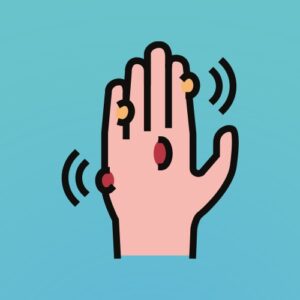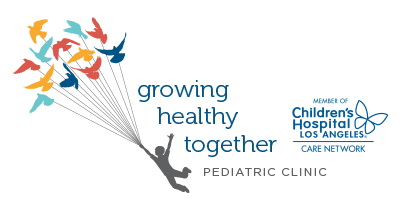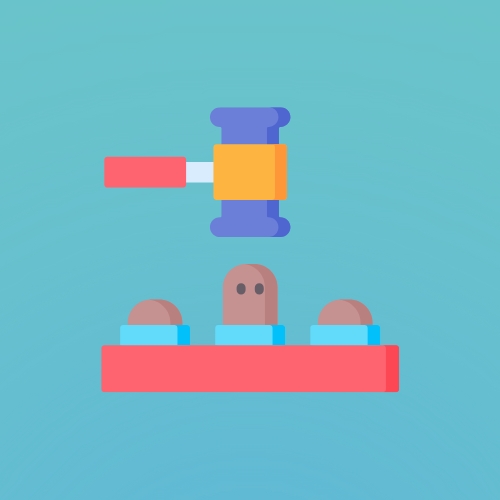What are warts?
Warts are small, firm bumps on the skin caused by close contact with viruses from the HPV (human papillomavirus) family (Goldstein et al., 2025; Skubic et al., 2023; Warts, 2006). These viruses infect the top layer of skin, often entering through tiny cuts or scrapes. Once the virus enters, it can take about 2 to 6 months for a wart to appear (Goldstein et al., 2025).
They are very common and can affect people of all ages (Skubic et al., 2023), though they are most common in children and young adults. People with conditions like eczema (atopic dermatitis) or weakened immune systems may have a higher risk of forming a wart (Goldstein et al., 2025).
What do warts look like?
They come in different shapes, colors, and types. They can be black, brown, tan, yellow, gray, and may even have small black dots on them (Warts, 2006). You can find them anywhere on the body, but they most often appear on the hands, feet, face, and knees.
Here are the most common types of warts:
- Common wart – Rough, raised bumps usually on the hands, fingers, knees, or elbows
- Periungual wart – Found around fingernails or toenails; may affect nail growth
- Plantar wart – Appears on the soles of the feet and may be painful due to pressure
- Flat wart – Smooth, slightly raised, and often appear in groups on the face, hands, or legs.
- Genital wart – Sexually transmitted and caused by a specific type of HPV; passed through genital, oral, or anal sex.
Important note: Genital warts can be linked to cervical cancer (Warts, 2006). If your teen has genital warts and a cervix, talk to their provider about getting a Pap smear. The CDC recommends the preventative HPV vaccine for children ages 11–12 (HPV Vaccination Recommendations | CDC, 2025).
When to See Your Healthcare Provider
- You’re unsure whether it’s a wart.
- The wart is painful, changing, or spreading.
- Home treatments aren’t working after several weeks.
- You have diabetes or a weakened immune system.
Treatment Options for Warts
At-Home Treatments
Leave It Alone
Warts often go away without treatment (Warts, 2006), especially in children (about two-thirds clear up within two years). However, it can take longer for some children and many adults, and they may recur (Goldstein et al., 2025).
OTC Salicylic Acid
Over-the-counter treatments like salicylic acid are available in liquids, gels, and patches. When used daily and consistently, they can help, but it may take a few weeks to see results. Avoid using salicylic acid on sensitive areas or if you have nerve damage (neuropathy). Mild skin irritation is common. Salicylic acid is especially helpful for common and plantar warts (Goldstein et al., 2025).
The Duct Tape Method
Some people try duct tape, but research is mixed on whether it works (Goldstein et al., 2025). This method is not recommended for people with diabetes, peripheral artery disease, or neuropathy.
- Cover the wart with a small piece of duct tape every day for 4–7 days.
- After removing the tape, wash the area with soap and water, and gently file off dead skin with a pumice stone or emery board.
- Let the area air out for 12 hours, then reapply duct tape.
- Stop using this method after 2 months if the wart hasn’t gone away (Goldman, 2019).
In-Office Treatments
If needed, a healthcare provider or dermatologist may suggest:
- Cryotherapy – Freezing the wart with liquid nitrogen.
- Cantharidin – A chemical that causes the wart to blister and fall off.
- Minor surgery – Cutting or burning off the wart.
- Prescription creams – Help the immune system fight off the virus.
Preventing Warts
Warts are contagious, so take steps to prevent spreading them (Goldstein et al., 2025):
- Don’t pick at them.
- Cover them with a bandage.
- Avoid sharing personal items like towels or nail clippers.
- Wear flip-flops in communal showers or pool areas.
References
Goldman, R. D. (2019). Duct tape for warts in children. Canadian Family Physician, 65(5), 337–338.
Goldstein, B.G., Goldstein, A.O., Morris-Jones, R. (2025). Cutaneous warts (common, plantar, and flat warts). UpToDate.
HPV Vaccination Recommendations | CDC. (2025, February 10). https://www.cdc.gov/vaccines/vpd/hpv/hcp/recommendations.html
Skubic, L., Breznik, V., & Poljak, M. (2023). Different skin wart types, different human papillomavirus types? Acta Dermatovenerologica Alpina Pannonica et Adriatica, 32(4). https://doi.org/10.15570/actaapa.2023.30
Warts. (2006, January 1). HealthyChildren.Org. https://www.healthychildren.org/English/health-issues/conditions/skin/Pages/Warts.aspx





